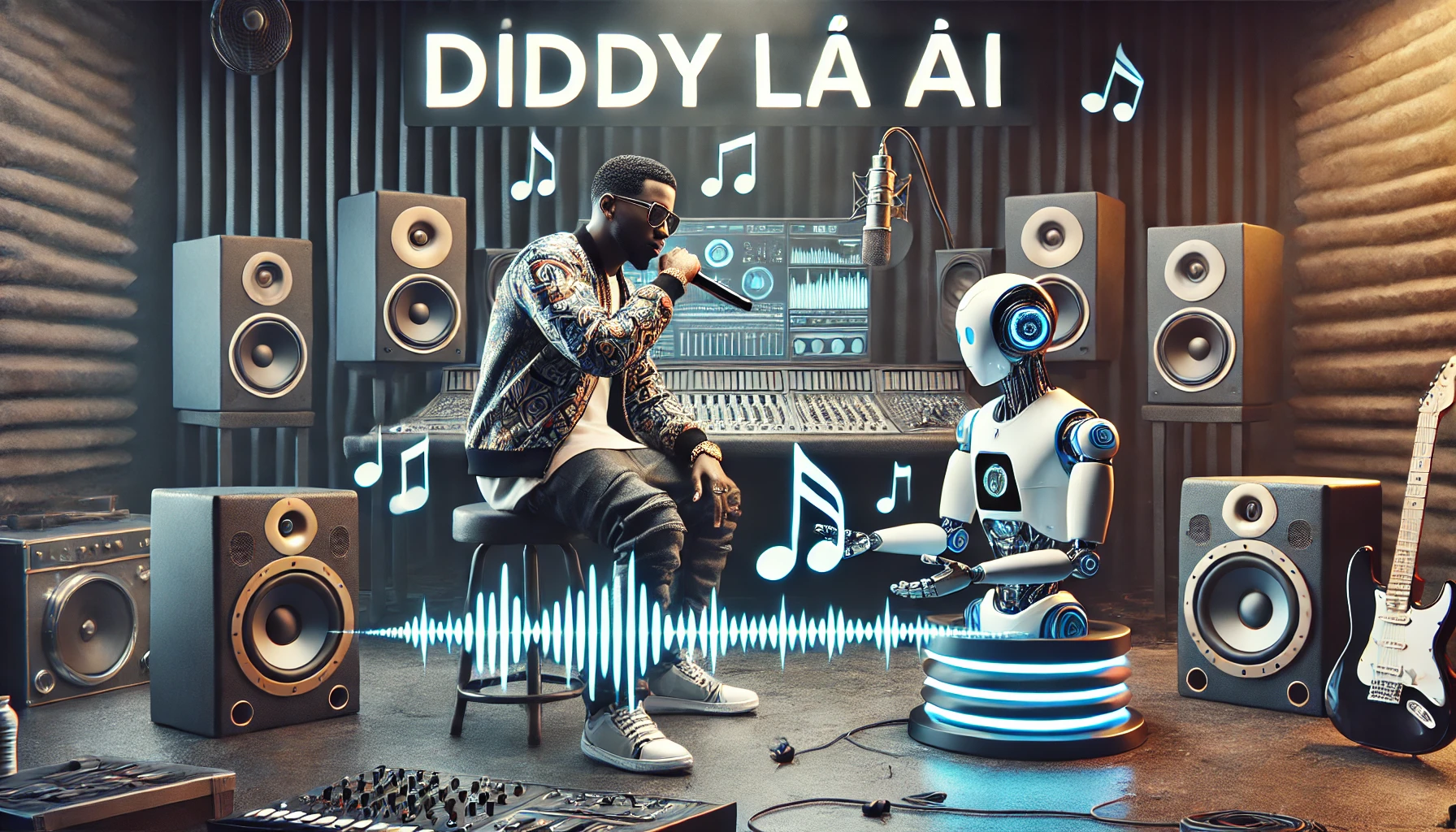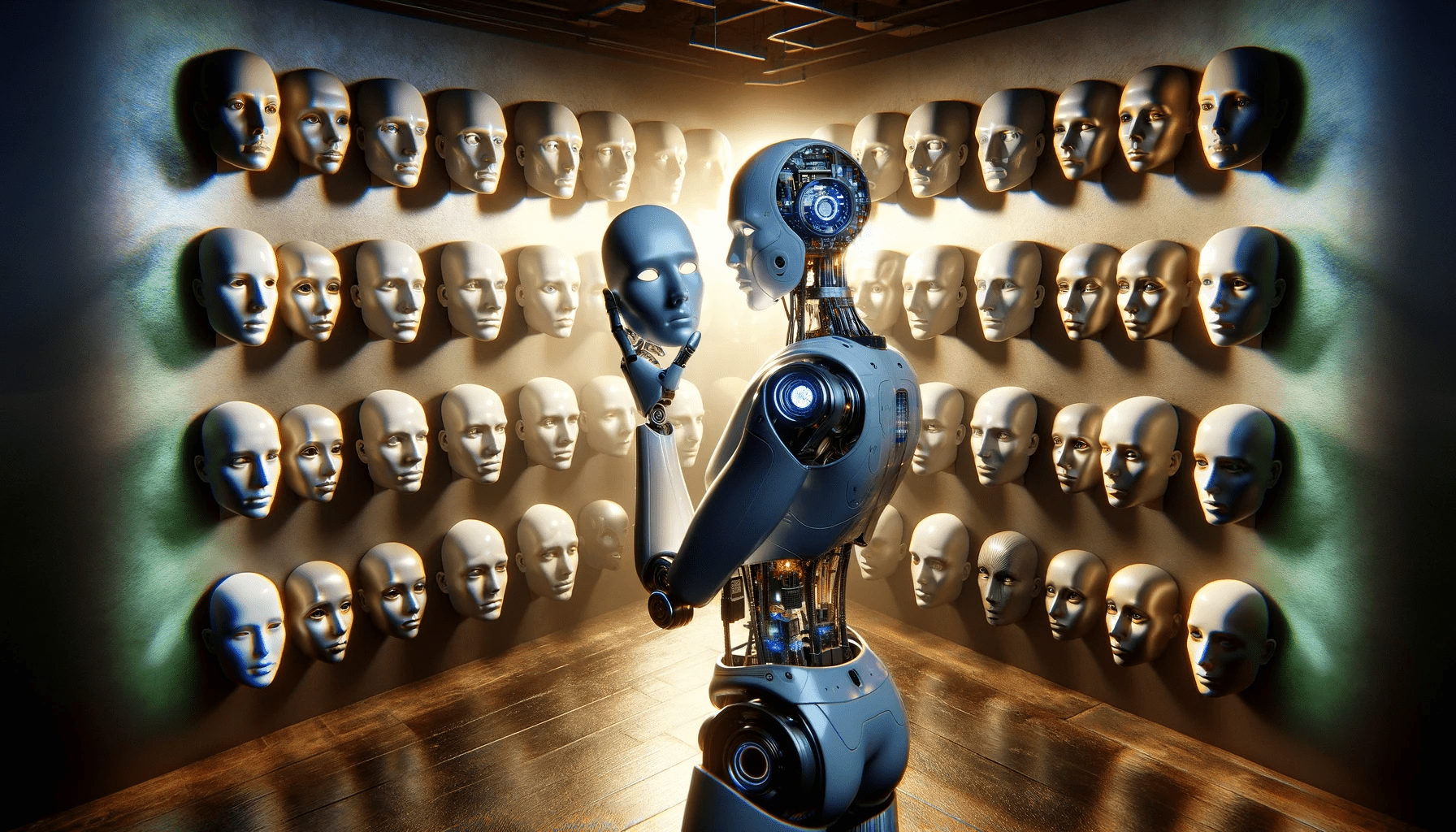deepfake
Deepfake technology uses artificial intelligence to create realistic fake videos or images of people. By manipulating facial expressions and voice, deepfakes can make someone appear to say or do things they never did. This technology relies on deep learning, a subset of AI, to analyze and replicate human features with astonishing accuracy. The rise of deepfakes has sparked both fascination and concern due to their potential impact on privacy and authenticity.
AI and Deepfakes: What Lies Ahead
Artificial intelligence plays a crucial role in deepfake creation and detection. As AI advances, deepfakes will become more sophisticated and harder to distinguish from real footage. On the bright side, the same AI advancements are being used to develop tools to detect and combat deepfakes. You can expect to see improved security measures and detection systems to protect against malicious use of this technology. Staying informed and cautious is key as we navigate the implications of deepfake technology.

Using Faces in AI-Generated Media: Insights from Black Mirror, Deepfakes, and Current Practices
An AI in front of a black mirror filming it? Using faces with AI in photos and videos has been a prevalent theme in ‘Black Mirror,’ where advanced technologies seamlessly alter reality. The show explores how AI can manipulate facial features, create deepfakes, and even simulate lifelike avatars. These episodes highlight the ethical dilemmas and potential consequences of such powerful tools, prompting viewers to consider the impact of AI on privacy, identity, and the nature of reality itself.



